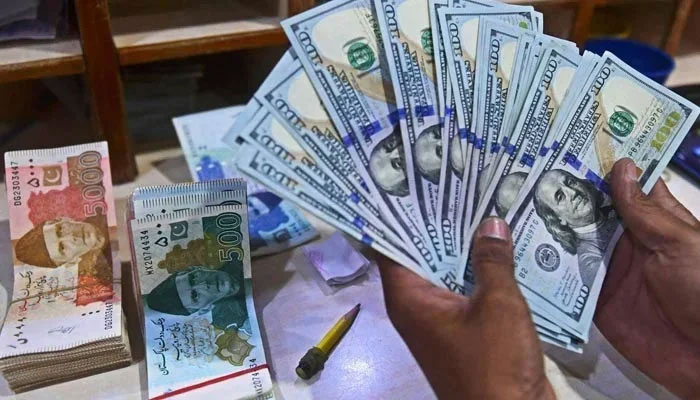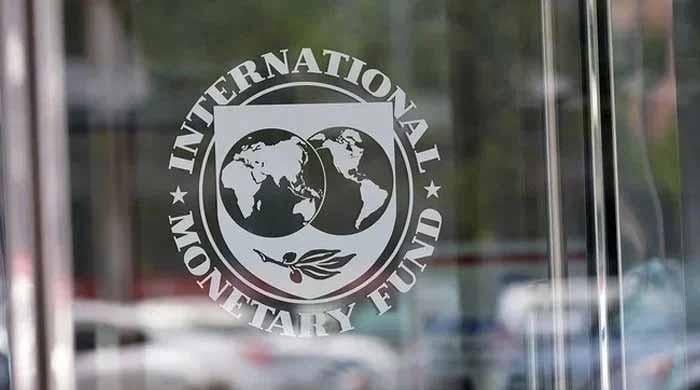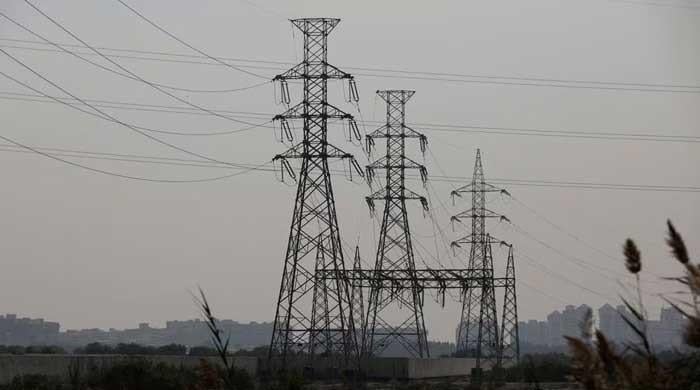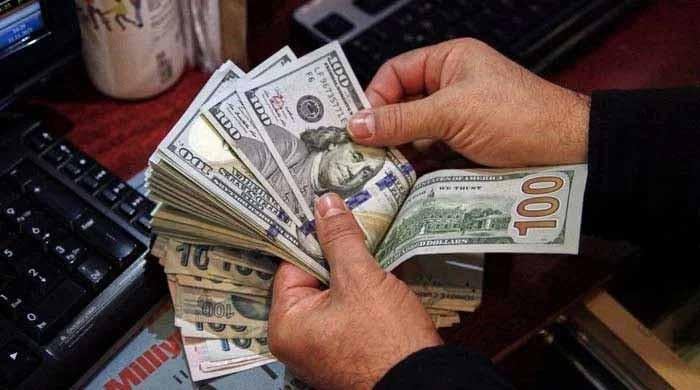Remittances fall in July-Aug as Pakistani expats prefer illegal channels
Analysts say decline mainly due to large difference between interbank, grey market rates which reached 10% last month
September 12, 2023

- Pakistan receives $4.12bn in two months.
- Remittances fall 24% YoY to $2.09bn in August.
- Decline mainly due to large currency gap, say analysts.
KARACHI: The workers’ remittances to Pakistan steeply declined by 22% in July-August as the expatriate workers chose informal channels to send funds amid a widening gap between official and unofficial exchange rates, The News reported Tuesday.
The country received $4.12 billion in remittances — a key source of foreign exchange — from July to August, down from $5.29 billion in the same period last year, according to data from the State Bank of Pakistan (SBP).
In August alone, remittances fell 24% year-on-year to $2.09 billion but rose 3.1% month-on-month.
Analysts said the decline was mainly due to the large difference between the interbank and grey market rates, which reached as high as 10% last month, encouraging many expatriate Pakistanis to use unregulated methods such as hawala and hundi to transfer funds.
Another factor was a drop in inflows from Roshan digital accounts, a scheme launched to attract foreign currency deposits from expats.
Between July and August FY2024, remittances from Saudi Arabia decreased by 23% to $977 million. Inflows from the United Arab Emirates (UAE) fell by 37% to $624 million and the United Kingdom by 18% to $638 million.
In July-August FY2024, Pakistanis residing in the United States (US) remitted home $504 million, down from $545 million the previous year.
“The main reason for the fall in remittances compared to last year is the large disparity between interbank, open market and grey market rates,” said Tahir Abbas, head of research at Arif Habib Limited.
“While remittances transferred through interbank declined, the amount sent through unauthorized routes surged.”
Abbas said that a staff-level agreement on policies to conclude the combined 7th and 8th reviews of the Extended Fund Facility (EEF) between the International Monetary Fund (IMF) and the Pakistani authorities had resulted in an appreciation of the rupee and a narrowing of the interbank and black market rates.
That resulted in the country receiving $2.7 billion in remittances in August 2022, a significant amount.
He explained that after the IMF's board approved the disbursement of over $1.1 billion to the cash-strapped economy in August of last year, the rupee strengthened and appreciated from 239 to 219 against the dollar in the interbank market. As a result, there was a high flow of remittances during that time as Pakistani employees abroad sent home more money through formal means.
Abbas expects an improvement in remittances in September as the rupee strengthens following the government's recent crackdown on illegal dollar traders, hoarders, and black marketers.
The rupee gained 2% against the dollar over the past four trading days, closing at 301.16 in the interbank market on Monday. The gap between the interbank and open market has narrowed from peaks of over 8% due to regulatory measures and enforcement from law authorities.
Fahad Rauf, head of research at Ismail Iqbal Securities, said remittances should pick up now that the interbank and grey market gap has been reduced. For Pakistan, which has been grappling with high inflation, dwindling foreign exchange reserves, a weak currency and a deteriorating balance of payments position, the slump in remittances is not a good sign.
The country’s reserves held by the central bank dropped by $70 million to $7.8 billion in the week ending September 1. The country also saw a current account deficit of $809 million in July against a surplus of $504 million in June.









